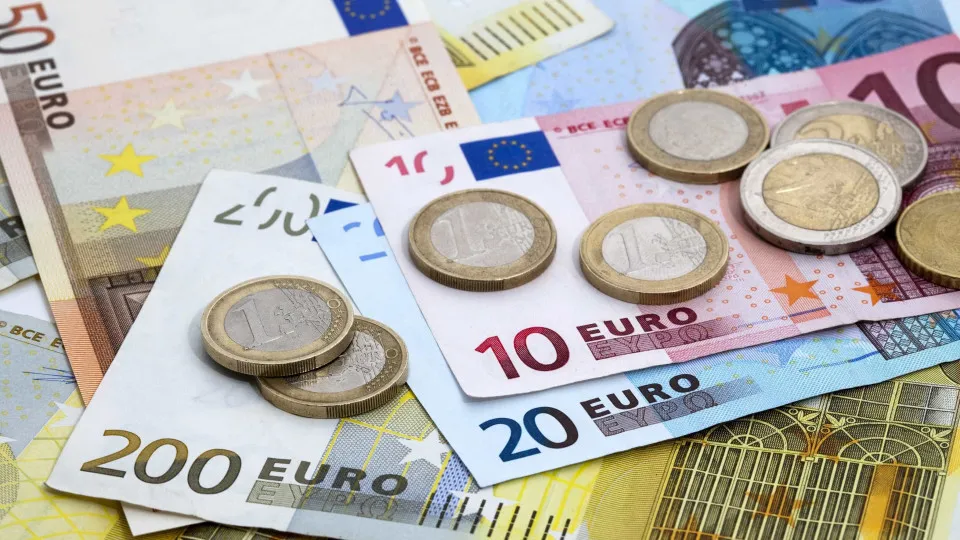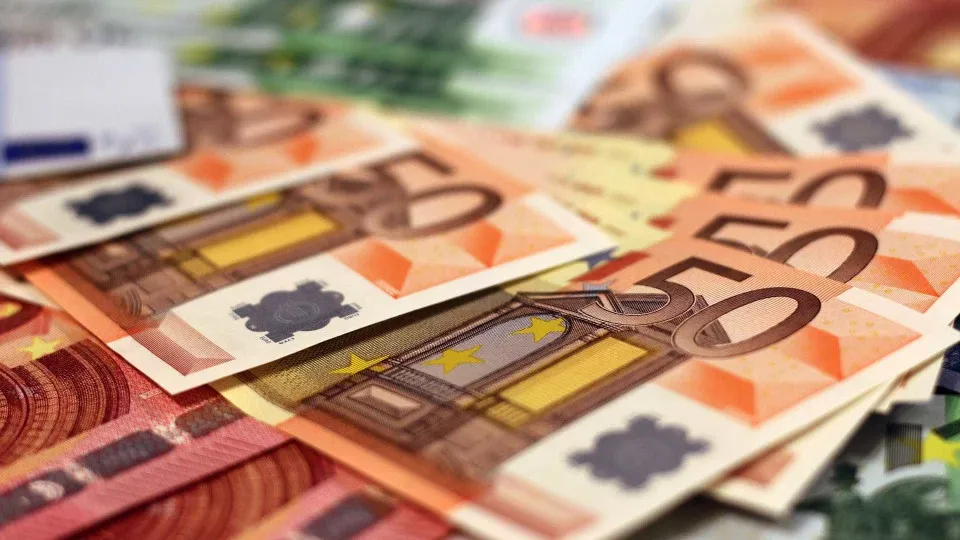
The annual edition of the “Boletim Notas e Moedas” by the Banco de Portugal (BdP), released today, indicates that the presence of foreign currency coins has been steadily increasing since 2004. This trend is likely driven largely by the record number of tourists and overnight stays in the country.
Based on a sample of 19,200 coins submitted by the public to the central bank’s treasuries in Lisbon, Porto, Évora, and Viseu, the BdP found that foreign currency coins constitute 75% of the denominations ranging from 10 cents to two euros.
Among these, Spanish, German, and French coins were prominent, accounting for 23%, 15%, and 13%, respectively, coinciding with the eurozone countries whose residents make up the majority of tourists visiting Portugal.
For one, two, and five-cent denominations, foreign coins were also predominant, accounting for 54%.
The BdP explains that this prevalence is partly due to six currency exchange agreements carried out between 2017 and 2024 with Ireland, Slovakia, and Belgium, through which 275 million one-cent coins and 302 million two-cent coins were received.
All the coins received have been put into circulation, except for the two-cent coins received in 2023 and 2024.
In these lower denominations, Spanish coins were leading (13%), followed by Irish (9%) and French (8%).
Since 2004, the BdP has conducted studies on the effect of migration on the circulating currency in Portugal.




